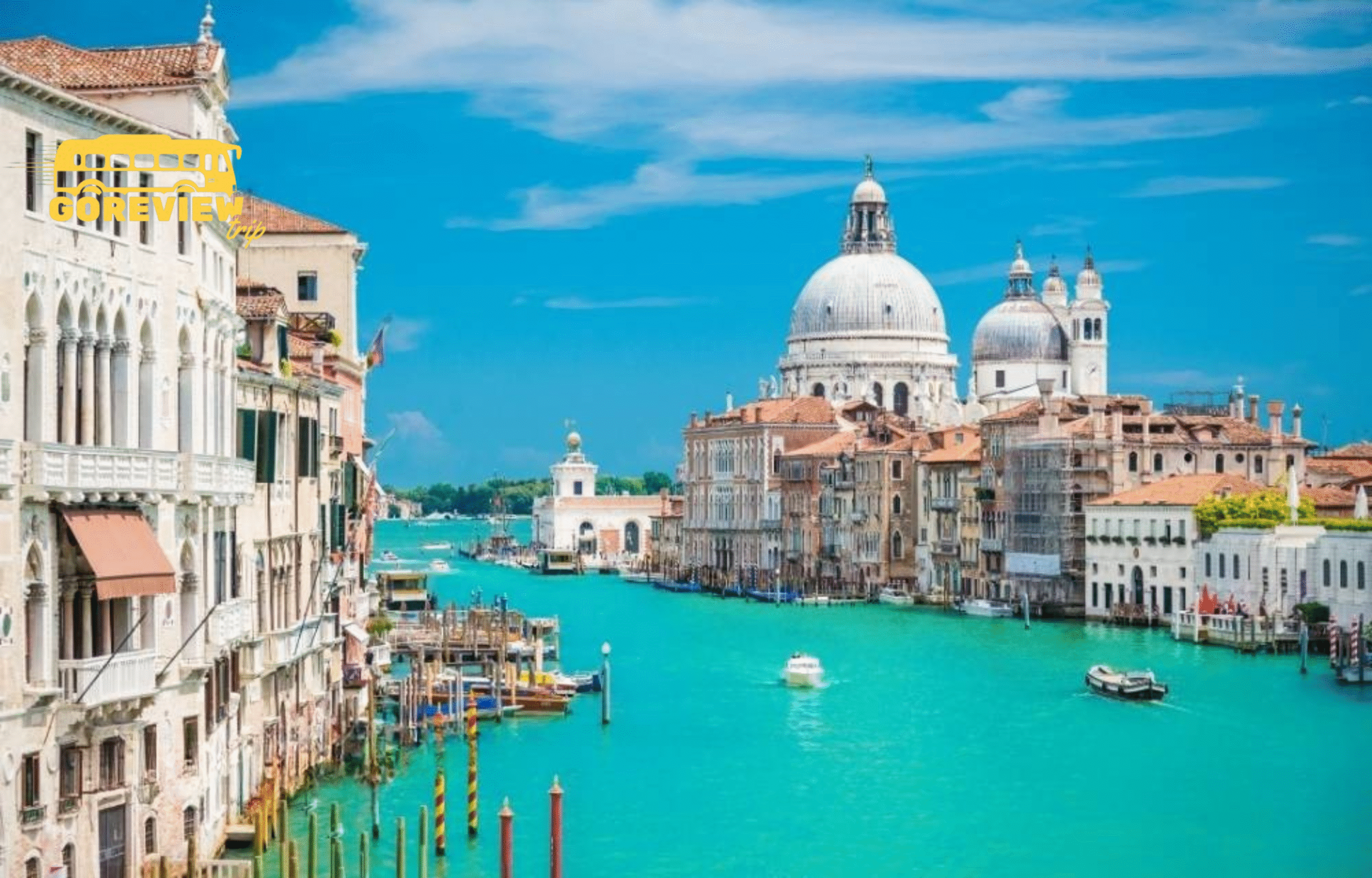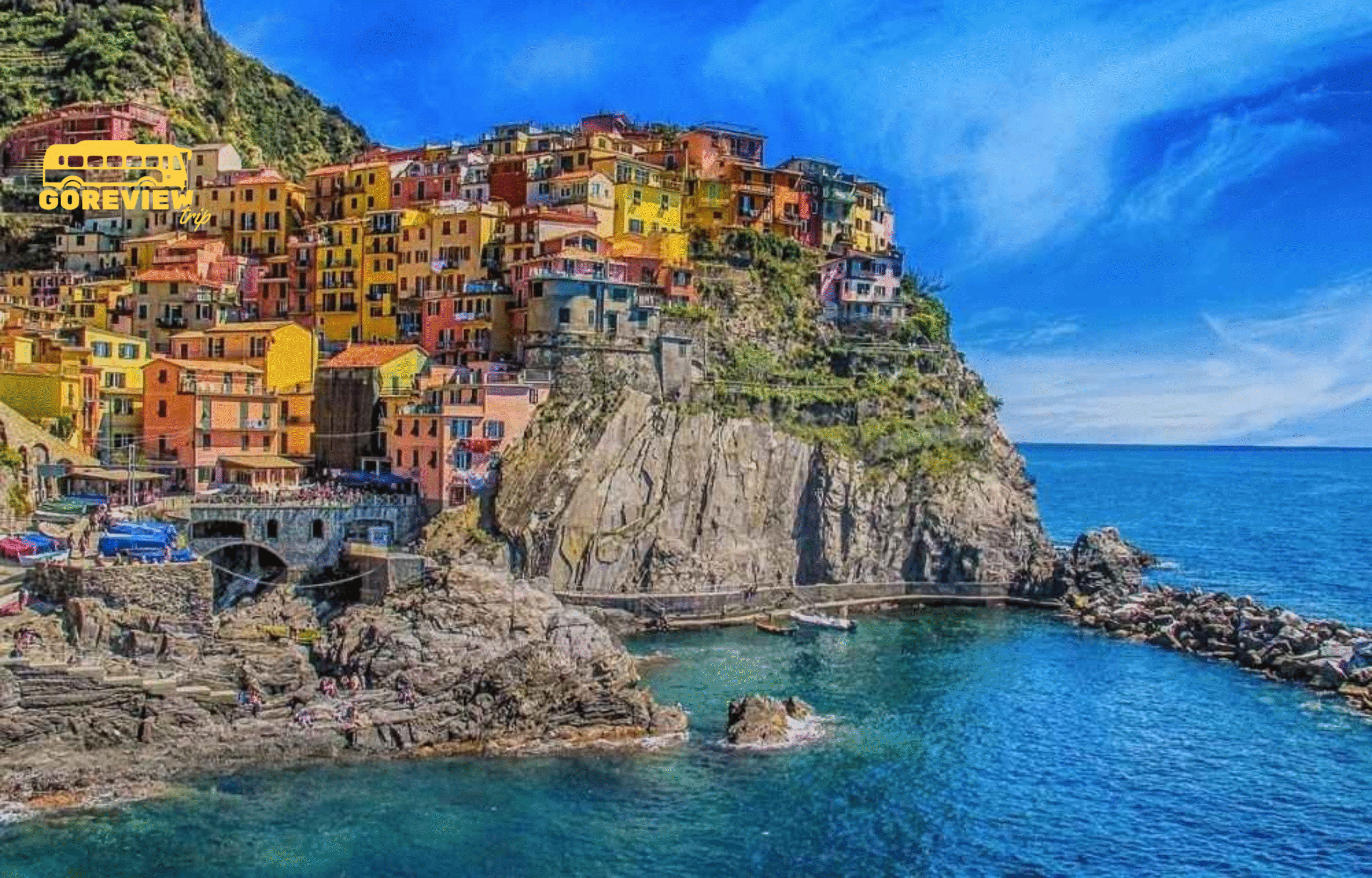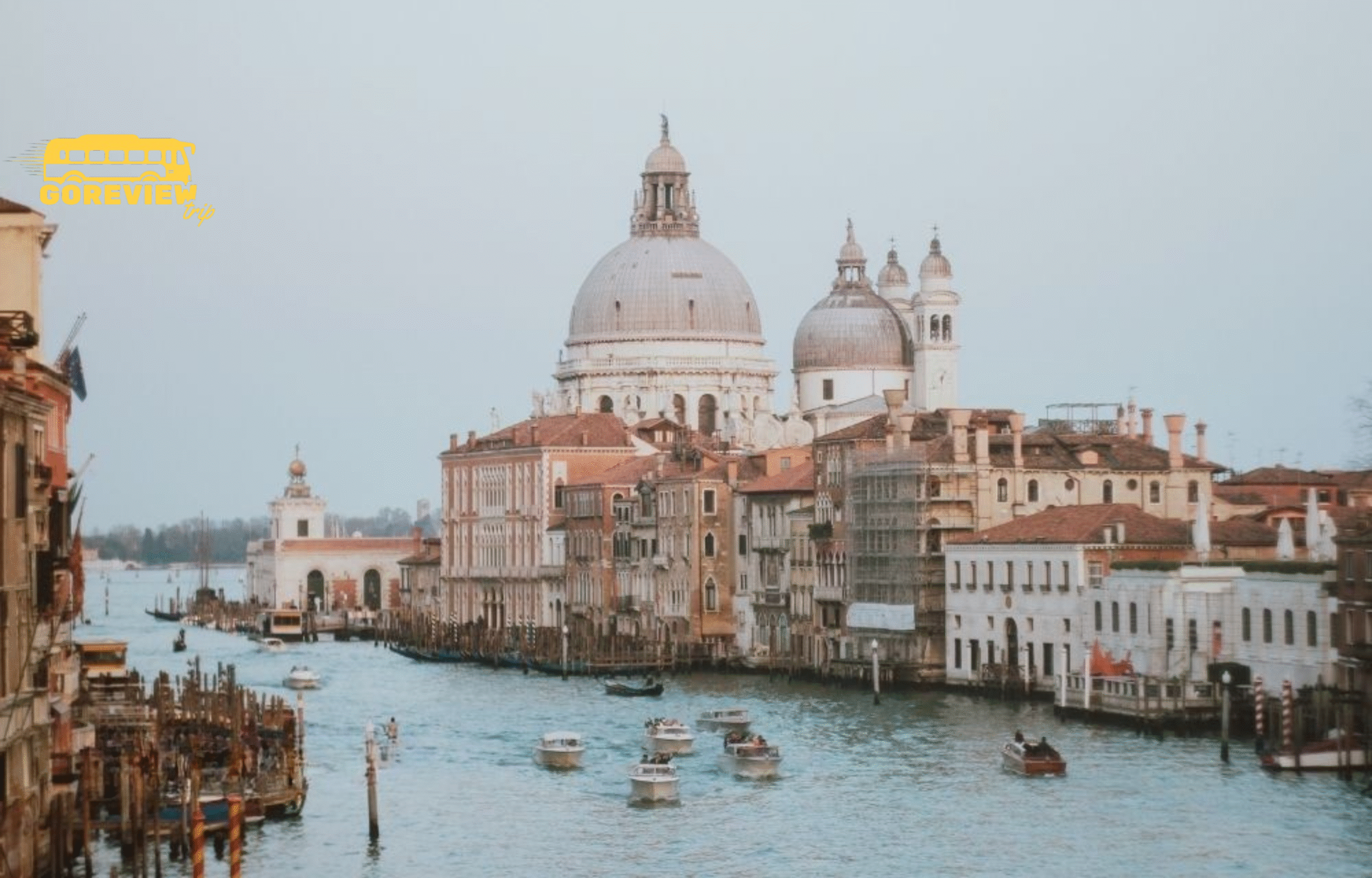Have you ever had a travel dream that felt so vivid, so close, you could almost taste it? For me, for years, that dream had two names: Spain and Italy. It was a sun-drenched, history-soaked, flavor-exploding fantasy. I pictured myself getting lost in the labyrinthine streets of an ancient Roman city one week, and the next, feeling the passionate rhythm of a flamenco dancer’s feet. It was a trip of a lifetime, one I scrolled through on social media with a sigh, thinking “one day.”
Well, “one day” finally came. I decided to stop dreaming and start doing. I booked the tickets, packed my bags, and embarked on the grand adventure I had built up in my mind. And I want to share it all with you.
Think of this as both a travel diary and a loose itinerary, a story filled with ideas for your own journey. I want to take you with me, from the initial “what-have-I-done” thrill of planning to the final, bittersweet taste of gelato on my last night. If you’ve ever considered a trip to travel to Spain and Italy, I hope my story gives you the inspiration and the practical tips you need to make your own “one day” happen. Let’s go!
Table of Contents
Part I: The Spanish Chapter – Sun, Soul, and Siesta
My journey began in Spain, a country that feels like a mosaic of fiercely independent cultures, each with its own rhythm and personality. I wanted to experience both its regal heart and its fiery soul, so my itinerary focused on two cities that I felt would give me the perfect introduction: Madrid and Seville.
Madrid: The Royal Pulse and the Joy of Tapas
Touching down in Madrid felt like plugging into a high-energy current. The capital city is grand, elegant, and unapologetically alive. It’s a city of wide boulevards, majestic parks, and an art scene that can make your jaw drop.
My first mission was to dive into the “Golden Triangle of Art.” I’m not an art historian, but you don’t need to be one to be humbled by this place. I spent a morning in the Prado Museum, standing in front of Las Meninas by Velázquez, a painting so complex and alive it felt like I could step right into it. The sheer scale of the masterpieces by Goya and El Greco was overwhelming in the best possible way. It felt like walking through the very soul of Spanish history.
But Madrid’s beauty isn’t all confined to museums. The Royal Palace is a spectacle of opulence, and a walk through the manicured Sabatini Gardens next to it makes you feel like royalty for an afternoon. My favorite escape, however, was Retiro Park. It’s the city’s green lung, where you can rent a rowboat on the lake, watch street performers, or just lie in the grass and watch the famously blue cielo madrileño (Madrid sky).
As incredible as the daytime was, Madrid truly comes alive when the sun goes down. This is where I learned about the sacred ritual of tapas. It’s not just about food; it’s a way of life. My favorite experience was in the La Latina neighborhood. It’s a maze of narrow streets packed with tiny bars, each with its own specialty.
Here’s how it works for your itinerary: You squeeze into a crowded bar, shout your order for a caña (a small glass of beer) or a glass of vermouth, and you get a small, free plate of food – maybe some patatas bravas, a slice of tortilla Española, or some delicious jamón. You chat, you eat, you finish your drink, and you move on to the next bar to do it all over again. It’s a progressive dinner that’s incredibly social and fun. I met so many people, from locals to fellow travelers, all united by the search for the perfect bite. This, I thought, is the real Spain.
Seville: The Fiery Heart of Andalusia
After the electric energy of Madrid, I took a high-speed train south to Andalusia, the region that is the stereotypical heart of Spanish culture. And its capital, Seville, did not disappoint. The moment I stepped off the train, the air felt different—thicker, warmer, and scented with orange blossoms.
Seville is passion personified. It’s a city that moves to a slower, more deliberate rhythm, especially during the afternoon siesta when the sun is at its most punishing. The architecture here is a stunning blend of Spanish and Moorish design, a legacy of the centuries when this region was Al-Andalus.
The undisputed jewel of the city is the Alcázar of Seville. If you’ve ever seen photos of intricate tilework, stunning arches, and tranquil courtyards with bubbling fountains, this is the place. I spent hours just wandering through its rooms and gardens, feeling like I was in a completely different world. It’s a testament to a time when Muslim, Jewish, and Christian cultures coexisted and created something beautiful together.
Just next door is the Seville Cathedral, a gothic behemoth that is the largest of its kind in the world. It’s awe-inspiring, and climbing its bell tower, the Giralda, is a must-do. It’s a ramp, not stairs, so the walk up is surprisingly easy, and the reward is a breathtaking panoramic view of the entire city.
But for me, the soul of Seville was found in the evening, in the Triana neighborhood across the river. This is said to be the birthplace of flamenco, and I knew I couldn’t leave without seeing an authentic performance. I found a tiny, intimate venue—not a big touristy show, but a place called a tablao.
Picture this: The room is dark, seating maybe thirty people. A guitarist starts a soulful, gut-wrenching melody. A singer begins to sing a cante jondo (deep song), his voice full of pain and longing. And then, the dancer appears. The power and precision of her footwork, the expressive grace of her hands, the raw emotion on her face—it was one of the most powerful artistic performances I have ever witnessed. It wasn’t just a dance; it was a story of struggle, love, and pride being told through rhythm and movement. I left with goosebumps and a profound respect for this incredible art form.
The Transition: A Tale of Two Cultures
Leaving Spain was tough. I had fallen in love with its passion and its zest for life. The plan to travel to Spain and Italy meant the Spanish chapter had to close for the Italian one to begin. I took a budget flight from Seville to Rome. Flying between the two countries is surprisingly affordable and easy if you book in advance.
As the plane descended over the Italian countryside, my heart started beating faster again. I was leaving the land of flamenco and jamón for the land of Vespas and pasta. It felt like shifting from a fiery, passionate red to a warm, golden yellow. The shared Mediterranean roots were there, but I knew I was about to dive into a completely different, yet equally captivating, world.

Part II: The Italian Dream – History, Art, and La Dolce Vita
Arriving in Italy felt like stepping onto a movie set. Everything felt both epic and effortlessly stylish. The language sounded like music, and the attitude—a wonderful mix of chaotic energy and a deep appreciation for enjoying life—was infectious. My Italian journey would take me through the historical heart of the ancient world and the cradle of the Renaissance.
Rome: The Eternal, Chaotic Masterpiece
Rome is… a lot. It’s a city that can overwhelm you with its sheer weight of history. You’ll be walking down a random street, looking for a gelato shop, and stumble upon ancient ruins that are two thousand years old. It’s a living museum, and the best thing you can do is just surrender to its beautiful chaos.
My first stop, of course, was the Colosseum. No picture or movie can prepare you for the feeling of standing inside that ancient arena. I closed my eyes and tried to imagine the roar of the crowds, the clash of gladiators. It’s a place of brutal history, but also a marvel of engineering. I spent the rest of the day walking through the adjacent Roman Forum and Palatine Hill, the epicenter of the Roman Empire. Walking on the same cobblestones where Julius Caesar once walked is a truly humbling experience.
The next day, I crossed the Tiber River to visit a separate country within the city: Vatican City. St. Peter’s Basilica is breathtaking in its scale and grandeur. I climbed to the top of Michelangelo’s dome, a dizzying and narrow ascent, for what is arguably the most incredible view of Rome. Afterward, I entered the Vatican Museums, a journey that culminates in the Sistine Chapel. You enter a quiet, hushed room, and you look up. The ceiling is one of humanity’s greatest artistic achievements. It’s so much more moving in person than any photograph can convey.
But Rome isn’t just about grand monuments. It’s about the little moments. It’s about finding the perfect bowl of cacio e pepe—a simple pasta with cheese and black pepper—in a tiny Trastevere trattoria. It’s about the ritual of the evening passeggiata (stroll), where impeccably dressed locals walk and socialize. It’s about throwing a coin into the Trevi Fountain (right hand over the left shoulder!) to ensure your return.
My favorite Roman memory? Sitting on the Spanish Steps at sunset with a scoop of pistachio gelato, watching the city below begin to twinkle to life. It was a moment of pure, simple happiness. La dolce vita—the sweet life—isn’t a cliché here; it’s a genuine philosophy.
Florence: The Cradle of the Renaissance
If Rome is an epic history lesson, Florence is a concentrated dose of pure beauty. A short, comfortable train ride from Rome, Florence feels more intimate, more walkable, and entirely dedicated to art. This is the city of the Medici, Leonardo da Vinci, and Michelangelo. The Renaissance wasn’t just born here; it’s in the very stones of the city.
The first thing you see is the magnificent Duomo, the Florence Cathedral, with its iconic red-tiled dome engineered by Brunelleschi. Climbing this dome was another highlight of my trip. It’s a tight squeeze, but you get to walk between the dome’s inner and outer shells and emerge to a stunning view of the city and the rolling Tuscan hills beyond.
Art is everywhere in Florence. I visited the Uffizi Gallery and saw Botticelli’s “The Birth of Venus” in person, a painting so delicate and ethereal it seems to float off the canvas. And, of course, I went to the Galleria dell’Accademia for one reason: to see Michelangelo’s David. He is magnificent. Taller, more powerful, and more detailed than I ever imagined. The veins on his hands, the determined look in his eyes—he is the perfect symbol of human potential and beauty.
But like Rome, Florence’s charm is also in its streets. I loved walking across the Ponte Vecchio, the famous bridge lined with jewelry shops, its medieval character still intact. I spent hours getting lost in the Oltrarno district, the “other side” of the Arno River, where you can find artisan workshops crafting leather goods, paper, and jewelry.
And the food! Tuscan food is rustic, hearty, and relies on simple, high-quality ingredients. I ate thick, juicy Florentine steaks (bistecca alla Fiorentina), enjoyed bowls of hearty ribollita soup, and drank glasses of fantastic Chianti wine for just a few euros. One of my best days was taking a short bus ride up to the nearby town of Fiesole, where I sat at a small cafe overlooking the entire city of Florence, feeling the warm Tuscan sun on my face.

Practical Magic: A Few Tips for Your Own Trip
Planning a multi-country trip like this can feel daunting, but it’s easier than you think. This guide wouldn’t be complete without some practical advice for your own itinerary.
- Getting Around: High-speed trains are the best way to travel between major cities within both Spain (Renfe) and Italy (Trenitalia). They are fast, comfortable, and deliver you right to the city center. For traveling between Spain and Italy, budget airlines like Ryanair or Vueling are your best bet.
- When to Go: I traveled in the shoulder season (September). The weather was still beautiful, but the crowds were smaller and the prices were a bit lower than in the peak summer months of July and August. Spring (April-May) is also a wonderful time to visit.
- Packing: Comfortable shoes are non-negotiable! You will be walking miles every day. Pack layers, as the weather can change, and remember to bring something to cover your shoulders and knees for entering major churches like St. Peter’s Basilica.
- Embrace the Pace: Don’t try to cram too much into one day. Part of the magic of both countries is sitting at a cafe for an hour, people-watching, and just soaking it all in. Leave room for spontaneity. The best memories often come from unplanned detours.
Final Thoughts: Two Countries, One Unforgettable Journey
So, what’s the verdict on a trip to travel to Spain and Italy? It is, without a doubt, one of the most rewarding travel experiences you can have. The two countries are perfect travel partners. Spain offers a fiery passion, a vibrant social energy, and a rich history shaped by diverse cultures. Italy offers a deep dive into the ancient world, a celebration of artistic genius, and a philosophy of life that reminds you to savor every moment.
You move from the rhythmic clapping of flamenco to the Vespas buzzing through Roman streets. You trade jamón for prosciutto, sangria for Chianti. You see how two proud, beautiful, and distinct cultures have both shaped and been shaped by the Mediterranean sun.
I came home with a suitcase full of souvenirs, a phone full of photos, and a heart full of memories. But more than that, I came home with a deeper appreciation for history, art, and the simple joy of a perfectly made plate of pasta or a shared plate of tapas. My travel dream became a reality, and it was even better than I had imagined.
I hope this story and itinerary has inspired you to plan your own adventure.





